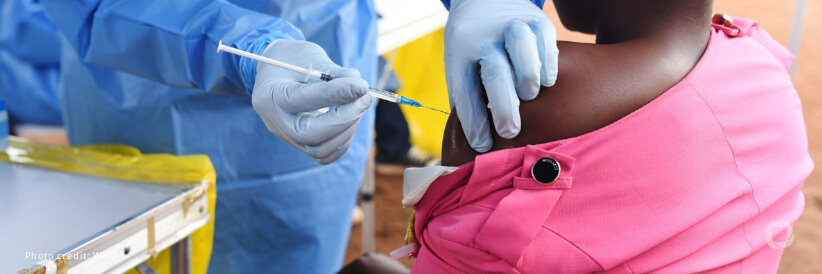Tanzania declared the end of the Marburg Virus Disease outbreak which was confirmed just over two months ago in the north-western Kagera region. It was the country’s first outbreak of the disease.
A total of nine cases (eight confirmed and one probable) and six deaths were recorded in the outbreak which was declared on 21 March after laboratory analysis confirmed that the cause of deaths and illnesses that were reported earlier in the region was Marburg.
The national health authorities with support from World Health Organization (WHO) and partner organizations immediately rolled out an outbreak response to stop the spread of the virus and save lives. The last confirmed case tested negative for the second test of Marburg on 19 April, setting off the 42-day mandatory countdown to declare the end of the outbreak.
Across the African region, WHO has been working with countries to reinforce readiness and response to health emergencies, with teams of first responders trained in the key aspects of outbreak preparedness, response and control. In Tanzania, teams of responders – one training in March 2023 and another in 2022 as neighbouring Uganda battled an outbreak of Sudan Virus Disease – were instrumental in controlling the just-ended Marburg outbreak.
“With the investments being made to prepare for and tackle health emergencies in the region, we are responding even faster and more effectively to save lives, livelihoods and safeguard health,” said Dr Matshidiso Moeti, WHO Regional Director for Africa.
In support of the national efforts, the WHO office in Tanzania deployed outbreak response experts to reinforce surveillance, testing, infection prevention and control, contact tracing, treatment and community engagement. Additionally, with partners, WHO shipped nearly three tons of supplies of personal protective equipment and is also working with the Ministry of Health to support survivors of the disease.
“Thanks to these efforts, Tanzania has been able to end this outbreak and limit the potentially devastating impacts of a highly infectious disease,” Dr Moeti said.
Marburg is highly virulent and causes haemorrhagic fever, with a fatality ratio of up to 88%. It is in the same family as the virus that causes Ebola virus disease. Illness begins abruptly, with high fever, severe headache, and severe malaise. Many patients develop severe haemorrhagic symptoms within seven days.
The virus is transmitted to people from fruit bats and spreads among humans through direct contact with the bodily fluids of infected people, surfaces and materials. There are no vaccines or antiviral treatments approved to treat the virus. However, supportive care – rehydration with oral or intravenous fluids – and treatment of specific symptoms, improve survival.
In Africa, previous outbreaks and sporadic cases have been reported in Angola, the Democratic Republic of the Congo, Ghana, Kenya, Equatorial Guinea, South Africa and Uganda.

